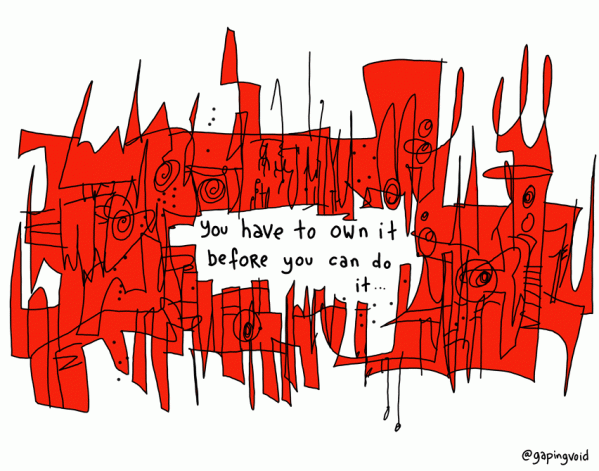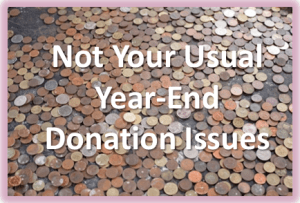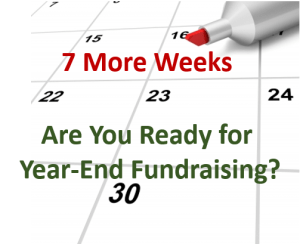What Do You Call a Development Staffer Who Facilitates Philanthropy?
A super star!
Seriously, that’s what you are. But you may be wondering why I ask.
What’s in a name?
Recently, veteran fundraiser Jerrold Panas weighed in on the subject of development titles. He noted he prefers “Charitable Gift Planner,” “Chariable Gift Counselor,” and “Director of Donor Services” to the most often used “Director of Planned Gifts.” He also champions “Vice President for Philanthropy” over “Vice President for Development (or Advancement).”
This reminded me of a time when my boss and I went round and round on this subject. It was a good 15 years or so ago. We knew “director of development” was not exactly a transparent title [try looking up the definition of “development” and you’ll see what I mean].
“Development,” by itself, has little to do with philanthropy.
Details








